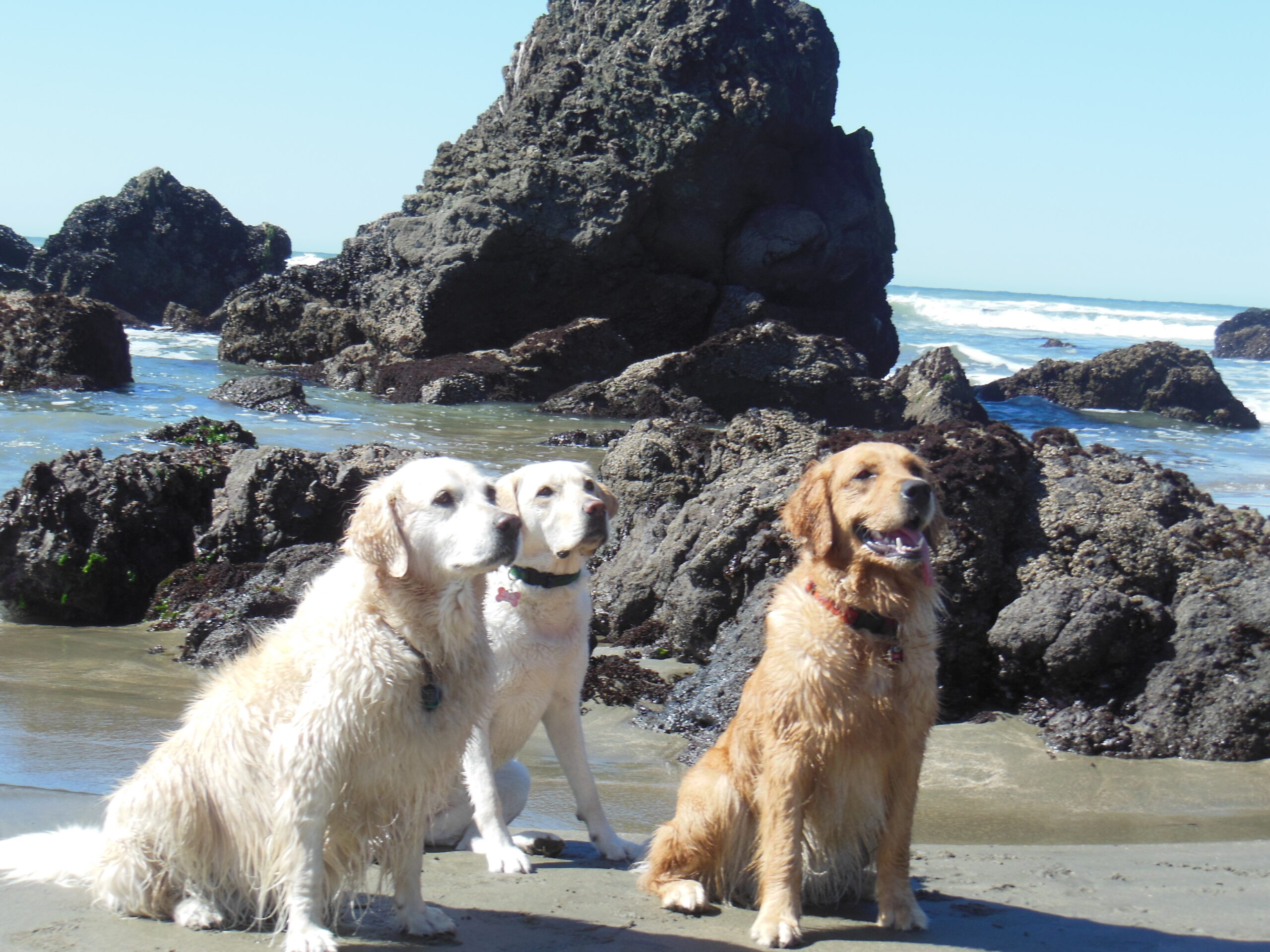Barks Blog
The Dignity of Being an Individual
By Pamela S. Hogle
It’s hardly a new idea: Treat dogs as individuals.
 In 1963, Clarence Pfaffenberger wrote a book called The New Knowledge of Dog Behavior. A line in that book eloquently states what I see as the ideal approach to educating dogs. Pfaffenberger writes that the first time a puppy is removed from his or her litter, separated from his or her littermates for training, the puppy is given “the dignity of being an individual.”
In 1963, Clarence Pfaffenberger wrote a book called The New Knowledge of Dog Behavior. A line in that book eloquently states what I see as the ideal approach to educating dogs. Pfaffenberger writes that the first time a puppy is removed from his or her litter, separated from his or her littermates for training, the puppy is given “the dignity of being an individual.”
He means, I believe, that a trainer who is focused on a single dog — not a litter, not a training class — will come to know that dog as an individual. An individual has unique likes and dislikes, strengths and weaknesses. Not all puppies of the same age or dogs of the same breed behave in the same way. Each one learns in his or her own style, and each one is motivated by different rewards. A good trainer gets to know each individual dog: Which dogs are calmed by stroking and which become hyper at the slightest touch? Which food or play rewards will elicit the best performance from each? How can we best engage the agile mind of or tire out the young, athletic body of each dog?
Pfaffenberger wrote a lot about how best to socialize puppies, how long they should remain with their litter, and at what age it’s possible to begin formal education. But respecting each dog as an individual goes far beyond determining the optimal age for each educational milestone. It’s also far more than simply making a commitment not to use aversive training techniques, though that’s important.
As I work with service dogs and service dog trainers, I see many dogs who are working in the wrong jobs or who were placed with handlers who are poor matches for their skills, their personalities, their energy levels. In public, I see people doing things with dogs who are clearly stressed or frightened; I read stories describing activities that people do with dogs that no dog I know would ever want to do. I watch my own two golden retriever roommates — and see two dogs who could not be more different from one another.
To truly give each dog the dignity of being an individual, we need to make the effort to get to know each dog — our own, the dogs we work with, the dogs we meet at friends’ homes. As dog owners, we should seek activities that suit each dog’s personality and preferences, and we should let our dogs make some decisions about things that affect them. On this blog and in my own Thinking Dog Blog, I will write about ways to do that, and I will share stories of dogs expressing their individuality.
The Pet Professional Guild’s inaugural summit in Tampa, FL, on Nov 11-13, 2015, is an excellent opportunity to meet and network with trainers who are committed to respecting dogs as individuals and devising ways to educate and interact with them that help each dog fulfill his or her potential.
